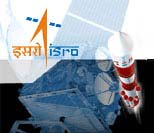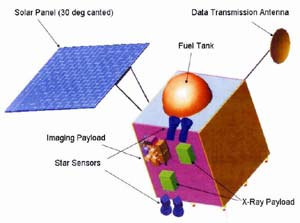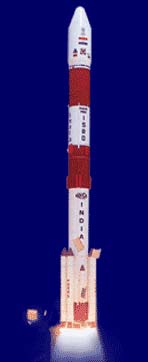Global deep space tracking network to assist ISRO's Chandrayaan-I mission
01 Sep 2008
 New Delhi: Deep space tracking radars from Russia, Spain and the United States will track India's lunar mission Chandrayaan-I, alongside Indian Space Research Organisation (ISRO) own radars. The country's prestigious lunar mission, which will carry indigenous and foreign payloads, is due for launch some time later this year.
New Delhi: Deep space tracking radars from Russia, Spain and the United States will track India's lunar mission Chandrayaan-I, alongside Indian Space Research Organisation (ISRO) own radars. The country's prestigious lunar mission, which will carry indigenous and foreign payloads, is due for launch some time later this year.
"Deep Space tracking of Chandrayaan-I is a tough task and needs global support. We are getting support from Russia, Spain and the US for tracking the movement of the mission," K Kasturirangan, advisor, and former head, of ISRO said.
 According to Kasturirangan, the country has set up two antennas of 18 and 32 metres dimension to track Chandrayaan but this may not be enough to cope with the massive task. Keeping this in mind, other space agencies, such as NASA, have offered to help collect data transmitted from the mission.
According to Kasturirangan, the country has set up two antennas of 18 and 32 metres dimension to track Chandrayaan but this may not be enough to cope with the massive task. Keeping this in mind, other space agencies, such as NASA, have offered to help collect data transmitted from the mission.
Chandrayan-I will be launched either in late October or early December. November is not a launch month for ISRO missions owing to cyclonic weather conditions which are likely to prevail during this period.
According to Kasturirangan, while the 18m deep space network (DSN) antenna will be able to track the movements of Chandrayan up to 100,000km, the 32m DSN antenna will be able to capture data from the mission far deeper, at distances of 400,000km.
ISRO has already installed the indigenously built 32m DSN antenna at Byalalu, a village 32km from Bangalore.
According to Indian space scientists, though deep space tracking networks are expensive to build the advantage with building one is that they can be used time and again for other deep space missions.
 Meanwhile, ISRO spokespersons have confirmed that the Chandrayaan has already been assembled and is undergoing dress rehearsals. According to a spokesman, it is undergoing a series of tests that will show up its ability to face the tough lunar environment. It is now set to undergo vibration and acoustic tests, they said.
Meanwhile, ISRO spokespersons have confirmed that the Chandrayaan has already been assembled and is undergoing dress rehearsals. According to a spokesman, it is undergoing a series of tests that will show up its ability to face the tough lunar environment. It is now set to undergo vibration and acoustic tests, they said.
The mission will explore the possibility of water existing in the polar part of the moon, apart from investigating its origin and evolution. The mission will be launched by ISRO's workhorse Polar Satellite Launch Vehicle (PSLV) and will carry a total of 11 experiments, including six from foreign countries.
Together, the 11 experiments will construct a picture of the moon that will include a digital elevation map of the lunar surface, mineral concentration, direct measurement of radioactivity and environmental studies.






























